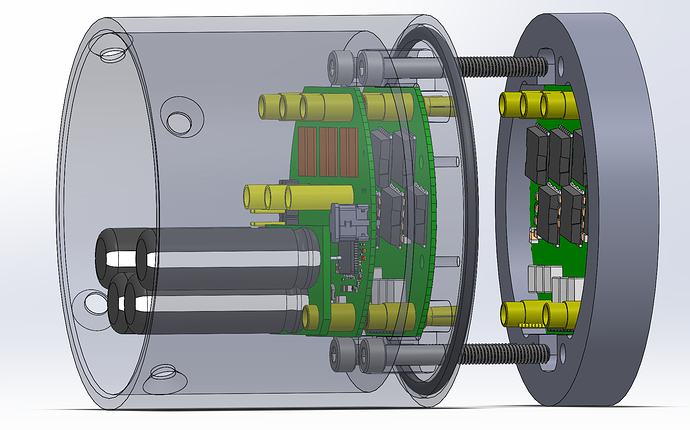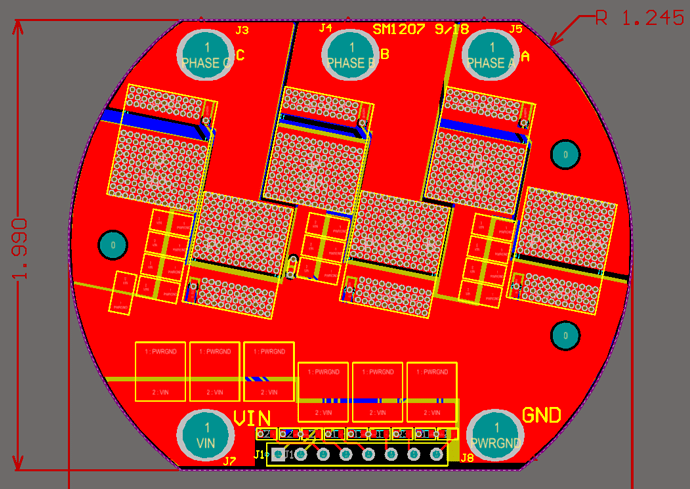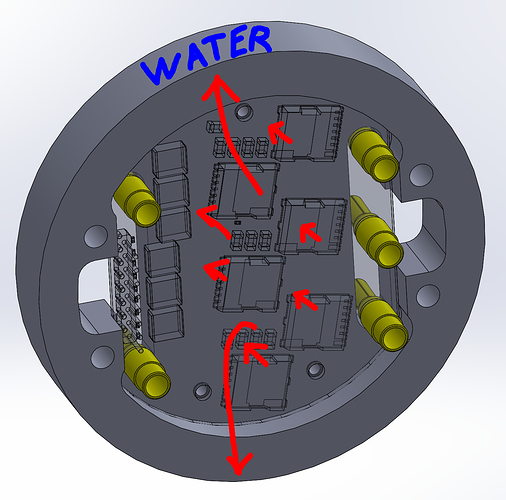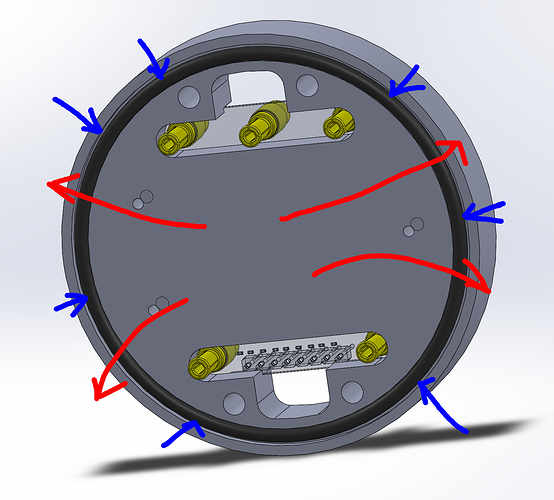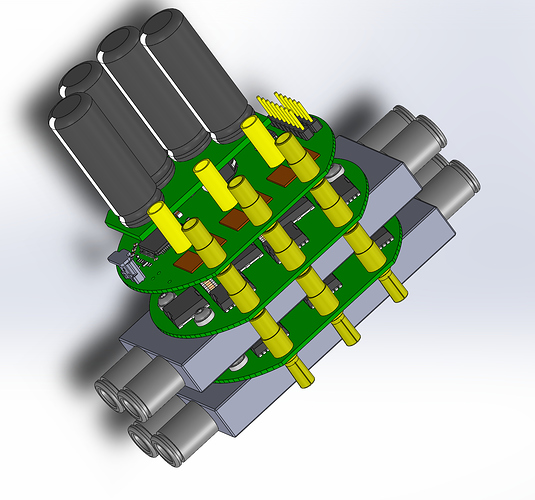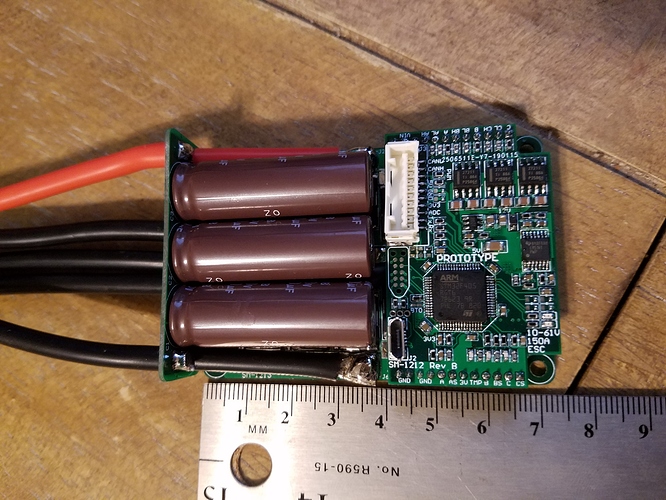Tested a single board today to overtemp cutoff. 100A to a single switching board with no cooling takes about 10 seconds before the overtemp cutoff kicks in. The important part is that the overtemp is effective.
The switching boards are stackable, so that means current capability is as high as the number of switching boards. Each board can do 75A continuous, peaking to 100A for 10 seconds or so. The design is based on the VESC6, so it makes sense that the performance of 1 switch board is similar.
I would like to do a beta test, if anyone is interested. This would be a limited number of production modules for technical/power users (that’s everyone on this forum), with the goal of finding any deeper bugs before mass production. This is also an opportunity to test the switching boards to their limits in water and see if my ratings are too conservative. The price for this run would be 300 USD for the logic board and first switch module, and 125 USD for additional switch modules. price will get cheaper if I can get ~10-20 people on board
Specs (it’s basically a VESC6):
- Voltage: 10-60V
- Current: 75A continuous motor phase current per switch board. 100A peak for 10sec, 10% duty (1 switching board)
- Current control
- Configurable RPM, current, voltage and power limits
- Output Power to Controller: 5V .5A
- Control source: PPM, Analog, I2C
- Communication ports: USB, CAN, UART, (RS485 with jumpers)
- Separate throttle curves for acceleration and brakes
- Motor revolution, amp hour, watt hour counting
- Real time data analysis and read out via communication ports
- Adjustable protection to prevent blowing the electronics or battery:
- Low input voltage
- High input voltage
- High motor current
- High input current
- High regenerative braking current (separate limits for the motor and the input)
- High RPM (separate limits for each direction).
- Over tempertaure (MOSFET and motor)
I can’t afford to make them if no one wants to buy them, so please send me a message if you want to buy one at this price, and I will get them on order (after I order its 6-8 weeks for delivery). Once they get here I will set up a web-store where you can pay for them, and hopefully receive them shortly.
